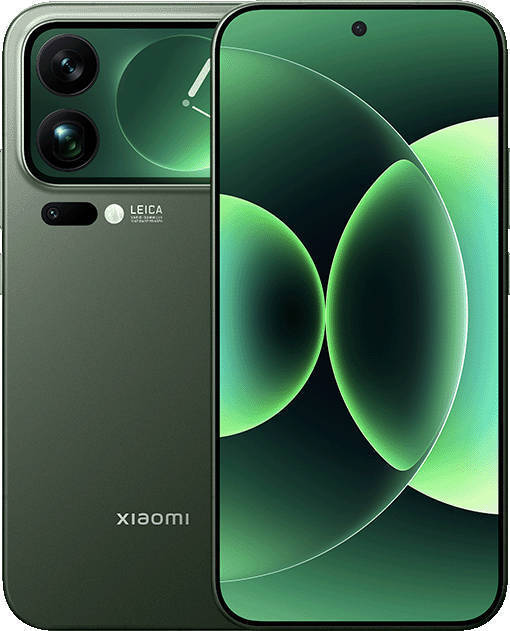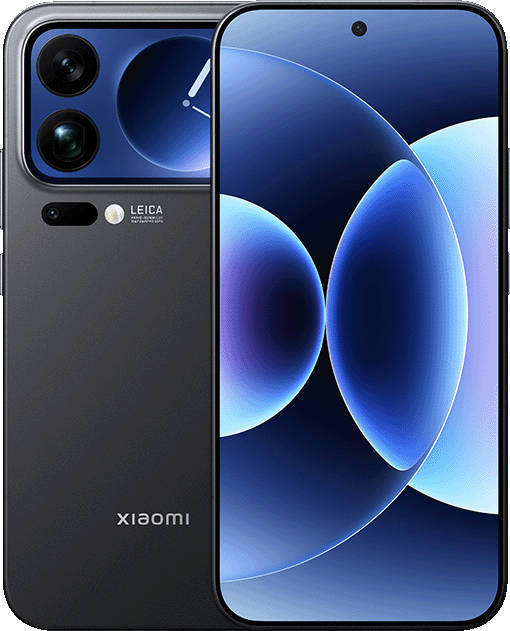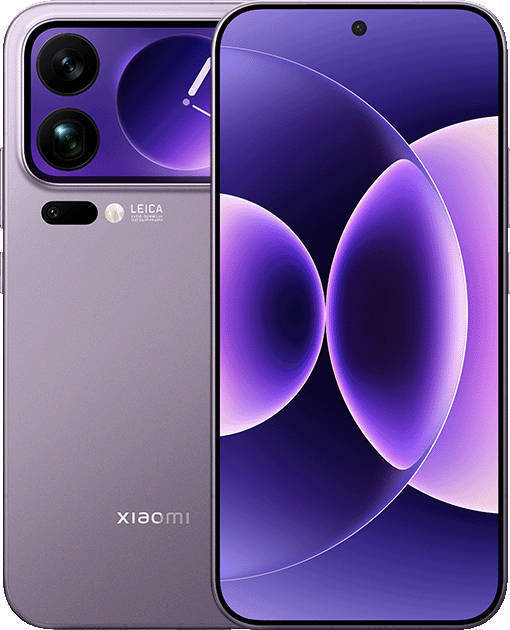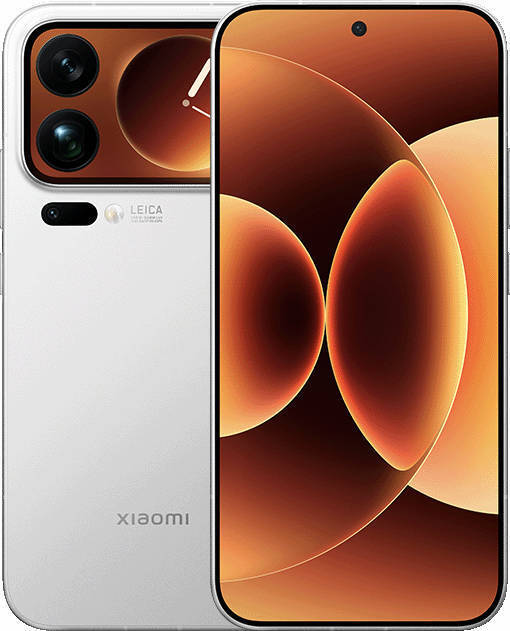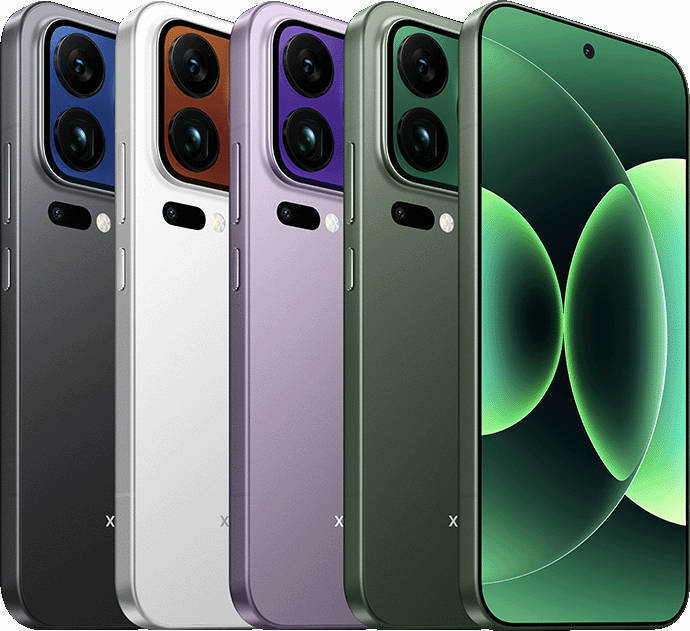
Xiaomi turned quite a few heads (and phones) during its flagship Xiaomi 17 series launch announcement in China last week. One for literal reasons and the other for its striking similarities to the recently unveiled iPhone 17 series, including the nomenclature. For one, they skipped over the Xiaomi 16 series and jumped straight from 15 to 17 (perhaps not wanting to appear a generation behind the iPhone), and did not blink an eye while naming their higher-end variants the Pro and Pro Max. Besides a relatively similar interface and possibly some minor elements even resembling iOS 26’s Liquid Glass, the extended camera plateau on the rear of the Xiaomi 17 Pro and Pro Max will definitely make you think, “Of course I’ve seen this before.” Save for one fact – it’s not a dead piece of hardware at all. There lies what Xiaomi calls its ‘Dynamic Back Display’.
Now we have seen secondary displays before – I’m not talking about traditional foldables with their outer screens that are slightly below par than the primary one. This one on the Xiaomi 17 Pro models, save for its sub-3-inch size, is as impressive as the main display. The rear screen boasts a peak brightness of 3000 nits, the same 1-120Hz dynamic refresh rate as the primary display, the same touch responsiveness and cover glass, and even its own screen protector, provided by Xiaomi, which indicates that they’re serious about this. The screen wakes up when you tap it, and here’s where the fun begins.
The last instance of a secondary display we saw in a mainstream smartphone was on the Nothing Phone (3) – a tiny 25 mm x 25 mm micro-LED dot matrix screen that shows you notifications and lets you play old-school games like Spin the Bottle and Rock Paper Scissors. Of course, Carl Pei reiterated that there’s more to come with the Glyph Matrix with future versions of Android. The Xiaomi 17 Pro models have taken things up a notch in this generation itself.
To start things off, there’s the predictable customisation aspect, where this Dynamic Back Display lets you choose between a bunch of clock faces, some of which even confuse you as to whether they belong to a smartwatch, as they come with step trackers. Always on display is present, should you choose it. There are interactive pets, including a panda called Pangda, which does a bunch of fun non-utilitarian stuff. There’s an AI generator which lets you convert any image into an animated video custom-made for the rear screen.

Then there are tools and notifications – you’ll receive all your call and text notifications on the rear screen without actually having to turn and pick up your phone, much like Nothing’s Glyph Matrix. You can operate your music player from the rear display, allowing you to spend less time on your main screen. It also features a sticky note-like functionality, allowing you to pin reminders or a Circle to a Search-like feature that pinpoints excerpts from longer content pieces. We can also expect future app integration with this, a demo of which we have yet to see, as the phones are currently China-specific. But maybe Xiaomi’s own version of iOS’s Live Activities – sounds like the most probable thing to do.
However, what seems to be the standout feature of this Dynamic Back Display is how it converts your rear cameras into a selfie camera by launching the camera app on the back screen with full camera functionality. That means you get to experience the Xiaomi 17 Pros’ 50MP+50MP+50MP Leica cameras for taking selfies, which essentially translate to professional-quality images, along with selfie videos that can reach up to 8K quality. Of course, some foldables come with rear cameras for selfie functionality, but the camera setup here is far superior.

Additionally, Xiaomi is separately selling a bespoke case called the Retro Handheld Console Case, which doubles as a working gaming controller. It is wirelessly powered by the phone itself, essentially turning the rear panel of the Xiaomi 17 Pros into a version of a Game Boy and running games like Angry Birds.

The internet is divided on this Dynamic Back Display idea, with some arguing that Xiaomi had a reason to introduce and quickly abandon the rear display on the 2021 Mi 11 Ultra. The Meizu Pro 7 launched in 2017 was probably one of the first phones to come with a rear display, but that also disappeared shortly after. It’s fair to say that none of them had use cases like this one.
All this looks pretty exciting on paper, and Xiaomi deserves credit for pushing the idea of a rear display further than anyone else has before. But the big question is whether this Dynamic Back Display becomes a genuinely useful tool or fades into the “fun but forgettable” category like the Mi 11 Ultra’s attempt. For early adopters and Xiaomi loyalists, this is the kind of experimental feature that can feel fresh and worth trying. But for most buyers, it’s wiser to wait and see whether app integrations and real-world utility catch up to the hype. My take: Xiaomi’s bold swing here is less about practicality today and more about positioning itself as the brand willing to take risks where others play it safe. Whether that gamble pays off will only be clear a few months down the line.






